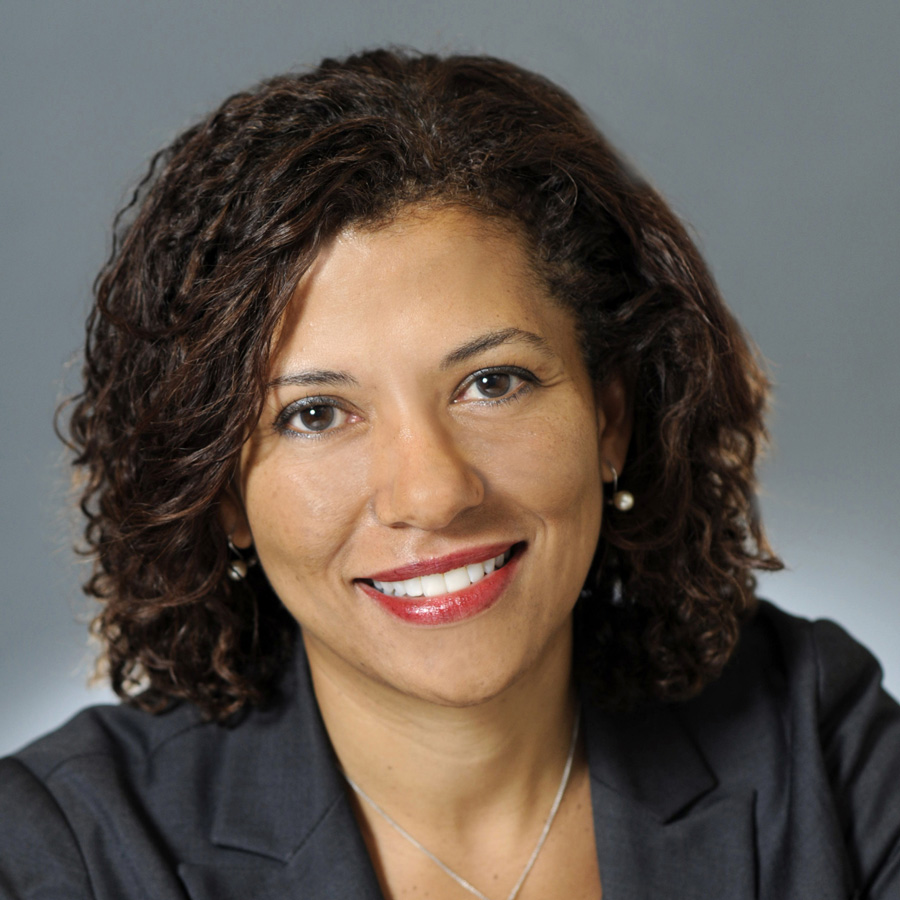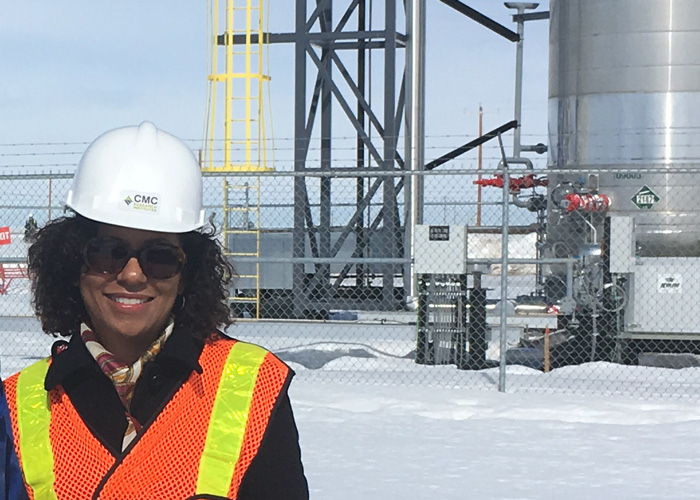How do you convince bankers to care about sustainability?
That was the challenge Sandra Odendahl (ChemE MASc 9T0) faced nearly 20 years ago. As the senior leader in charge of environmental risk management at RBC, she believed that the institution needed to think more broadly about corporate sustainability in all aspects of its business dealings and operations.
“At the time it was mostly about dirty dirt,” she says. Odendahl’s job included developing policies to ensure that the bank was aware of any soil contamination on real estate used as collateral for loans. But she saw a lot more potential in the portfolio.
“When you have over 50,000 employees, more than 1,600 branches, and all these giant office towers, you have a big environmental footprint,” she says. “You have a responsibility to manage that sustainably. Having a good environmental story to tell is a big brand enhancer.”
With a background in chemical engineering, Odendahl wasn’t a typical banker. “My interest was always around the intersection of environmental and economic pillars of sustainability,” she says. “How do you produce the goods and services that society needs without damaging the environment?”
After completing her master’s degree studying chlorinated solvents with Professor Doug Reeve (ChemE), Odendahl had spent several years as an environmental consultant. There she led environmental impact assessments for pulp and paper plants, nickel and gold mines, and hydroelectric power stations, in places from northern Canada to Indonesia and the Philippines.
It was in talking with the financiers who backed these projects that Odendahl learned about the environmental challenges faced by the banks themselves. She saw her technical background as an asset that could be used to effect change.
“At RBC, you couldn’t swing a cat without hitting an MBA,” she says. “But not too many of the bankers had actually put on a hard hat and boots and gone to a mine.”
Odendahl initially joined RBC as an analyst in the resource sector, but less than two years later she was tapped to head up the environmental risk management group. With the goal of moving beyond protecting the bank from lending on “dirty dirt,” she set about finding allies who could help her convince senior decision makers that sustainability was not just about risk, it was also about opportunity.

One of her major initiatives involved pushing the bank to switch to paper certified by the forestry stewardship council (FSC), an organization that works to promote sustainable forestry practices worldwide. Banks use a lot of paper, but it was hard to justify the switch due to high cost.
“Vendors were charging a lot for FSC paper because they weren’t selling very much of it,” says Odendahl. “So we went directly to the forestry companies. We got all of Canada’s major banks on side and made a commitment that if they provided it at a comparable cost, we would use it.”
The guarantee of large-volume sales was enough to negotiate a better price, and the practice of using 100% FSC-certified paper continues to this day.
Another initiative focused on social finance — investing in early-stage companies or organizations that address social or environmental challenges. Odendahl was a key figure in establishing the $10 million RBC Generator, a pool of capital earmarked for investment in for-profit businesses that met these criteria.
“One of the things we learned was that while these companies have lots of good ideas, they tend not to have much experience with business management,” she says. So Odendahl and her team created a separate pool of money to fund incubators and accelerators that help socially and environmentally-focused start-ups build connections and refine their business models. This ultimately made them more attractive to investors, including RBC Generator and similar programs.
In 2017, after 19 years in the finance sector, Odendahl took on a new challenge. She became the CEO of CMC Research Institutes (CMCRI), a not-for-profit corporation that accelerates the development and implementation of greenhouse gas reducing technologies.
With pilot-scale facilities in Brooks, Alta., and Richmond, B.C., CMCRI works with universities, early-stage companies and established industry players to bridge the gap between bench-scale research and full commercial implementation. Areas of focus include carbon capture, utilisation and storage, as well as monitoring emissions of other greenhouse gases such as methane.
Odendahl feels that her experience as a chemical engineer and financial leader made her a good fit for the position.
“Engineers are innately inquisitive, which is a good quality in a leader, especially in the cleantech business.” she says. “At the same time, I’ve learned the importance of incorporating diverse points of view when trying to solve business or technical problems. The challenge is to come up with an innovative solution that is reasonable and practical for all stakeholders.”
As the CEO of a relatively small not-for-profit company, Odendahl knows that she is only one small part of the global response to climate change. But she is also excited by the scale and complexity of the challenge.
“I like to do things that haven’t been done before,” she says. “If it didn’t, I wouldn’t have become an engineer.”




